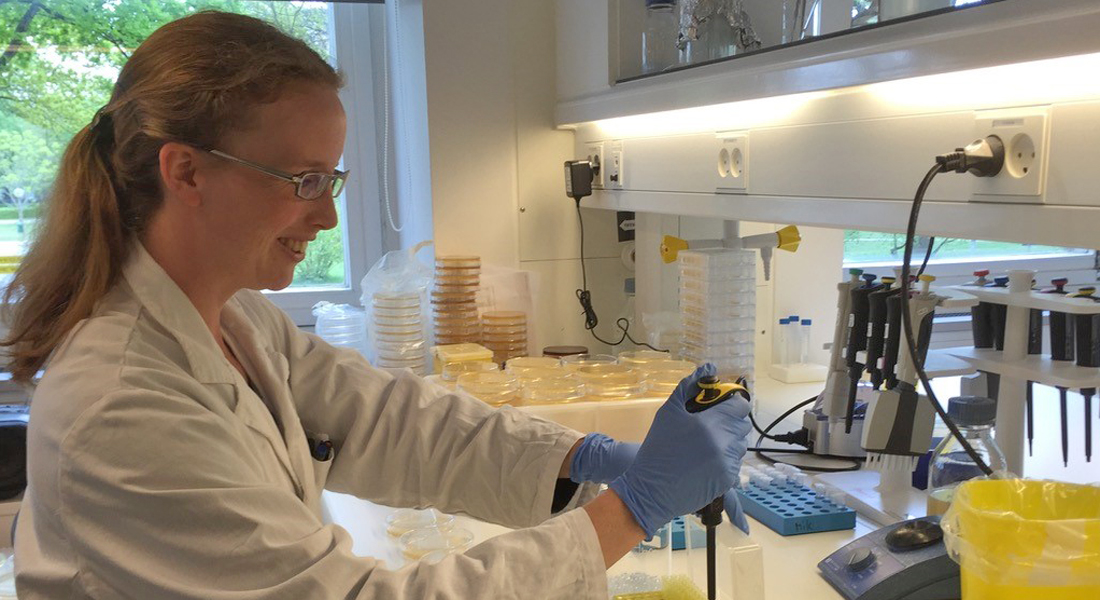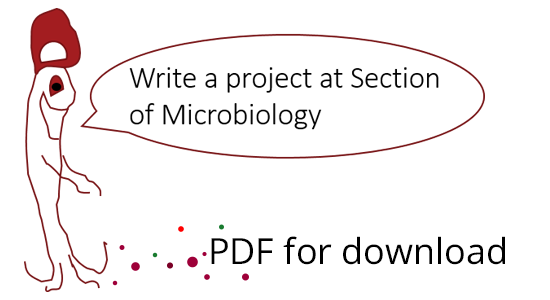Courses available through the Section of Microbiology at B.Sc., M.Sc. and Ph.D. level
Studying Microbiology
Microbes play vital roles including recycling of compounds in nature and in human and animal health. Despite the ability to live as single cells, bacteria and fungi have evolved over billions of years to engage in multicellular networks dominated by complex interactions. Nevertheless, most research, as well as approaches in bio-based production, has focused on single species of bacteria.
At the Section of Microbiology, we are working to understand and exploit the immense adaptive potential of natural microbial communities. Our research is based on a holistic perception of the microorganisms as integrated members of complex microbial communities shaped by their physico-chemical microenvironment, and by social community interactions.

Soil biodiversity and function
 Microbiology of thawing permafrost
Microbiology of thawing permafrost
Due to global warming permafrost is thawing. This increases microbial decomposition of the enormous stocks of organic material and increases emission of greenhouse gases. You may investigate how bacteria and fungi react to extremely low temperatures or to global change experiments in the field.
Find more information on Soil biodiversity and function HERE
Sociomicrobiology
Exploiting evolution: Designing microbial interactions for industrial scenarios.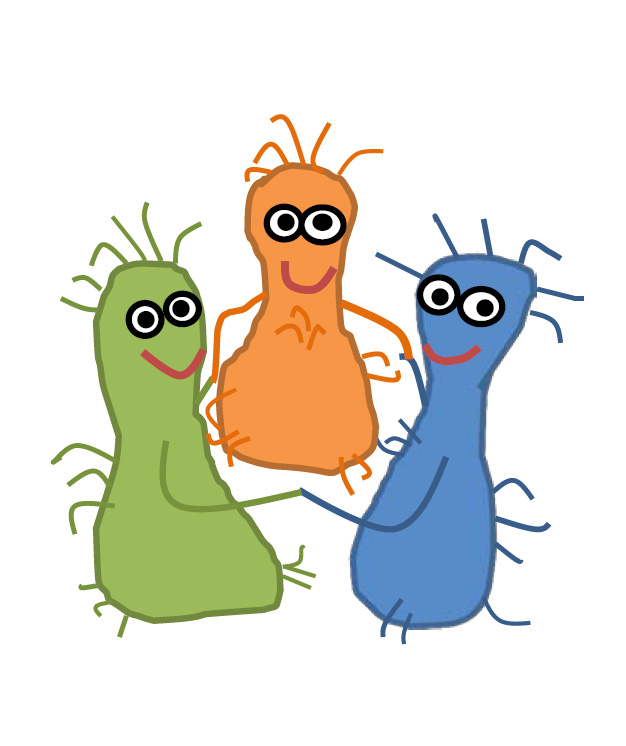 This project will address the use of microbial communities to maintain increased food and energy production in an environmentally friendly and sustainable way. We are planning to isolate and identify microbial communities (bacteria or fungi) to construct synthetic microbial consortia to help in bio-industrial processes and support Europe’s developing bio-economy.
This project will address the use of microbial communities to maintain increased food and energy production in an environmentally friendly and sustainable way. We are planning to isolate and identify microbial communities (bacteria or fungi) to construct synthetic microbial consortia to help in bio-industrial processes and support Europe’s developing bio-economy.
Microbiomes
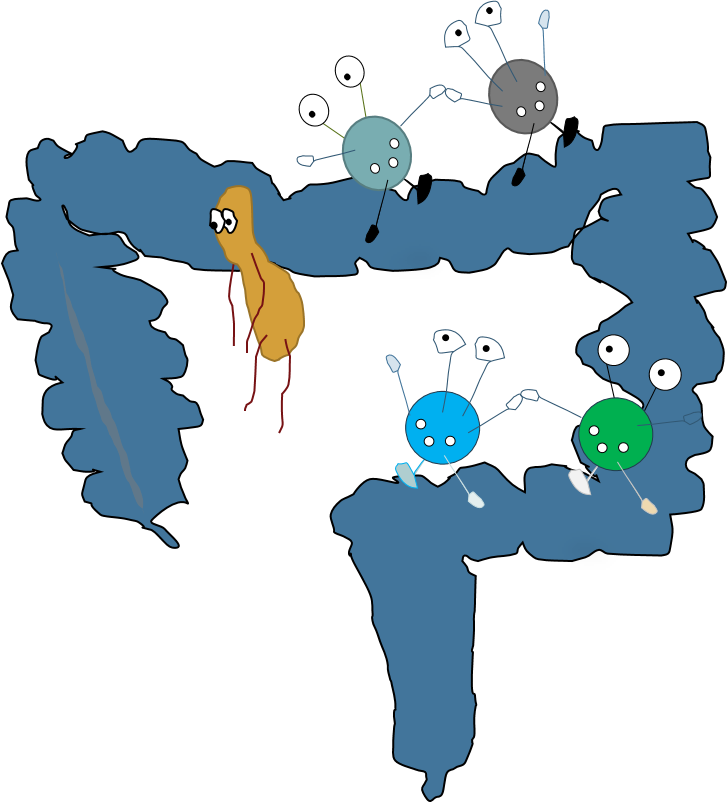
We investigate the assembly and function of complex microbial communities in both humans and different model systems, such as plant roots. We also use synthetic communities to understand how interactions among bacteria affect the community composition and functiond
Techniques covered:
Classic culturing
Profiling of antibiotic resistance
PCR and qPCR analysis
Metagenomics sequencing
Bioinformatic analysis
Multispecies biofilm
Bacteria normally live in so-called biofilms - dense multi-species communities of microorganisms embedded in 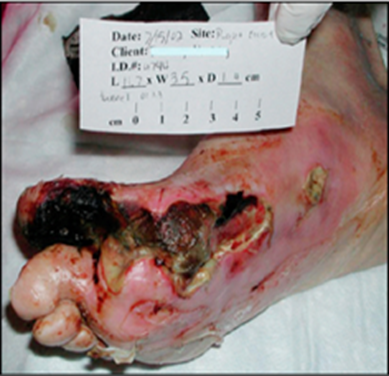 a self made matrix of extracellular polymeric substances. In this research topic you will get the opportunity to study how and why different species of bacteria cooperate to form biofilms, if the presence of some species provides a protective effect on other species and hereby shield them from inactivating agents?
a self made matrix of extracellular polymeric substances. In this research topic you will get the opportunity to study how and why different species of bacteria cooperate to form biofilms, if the presence of some species provides a protective effect on other species and hereby shield them from inactivating agents?
Contact
 Professor
Professor
Søren Sørensen
Email: sjs@bio.ku.dk
 Professor
Professor
Mette Burmølle
Email: burmolle@bio.ku.dk
 TT Assistant professor
TT Assistant professor
Jonas S. Madsen
Email: JSMadsen@bio.ku.dk
 Professor
Professor
Anders Priemé
Email: aprieme@bio.ku.dk


